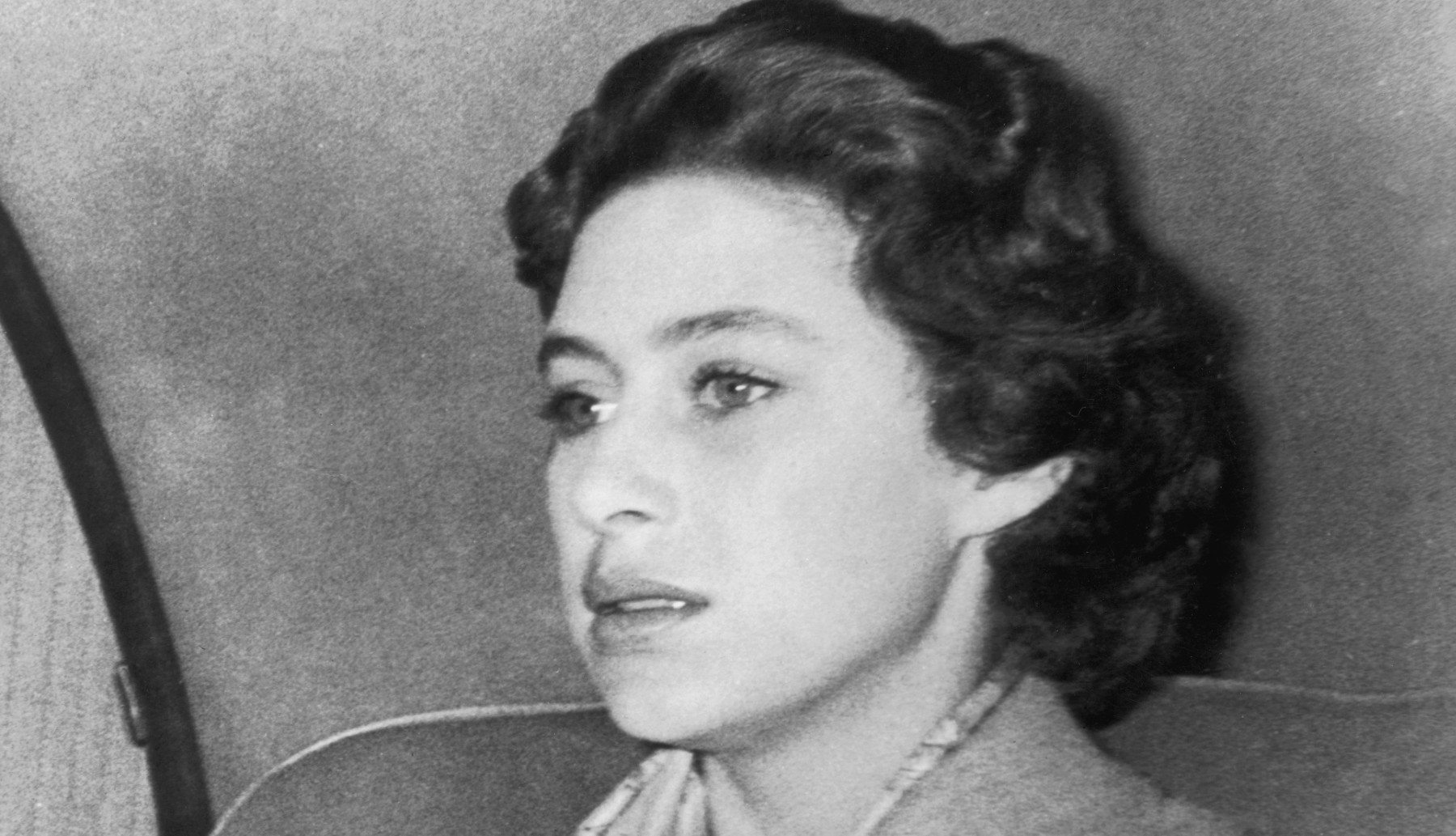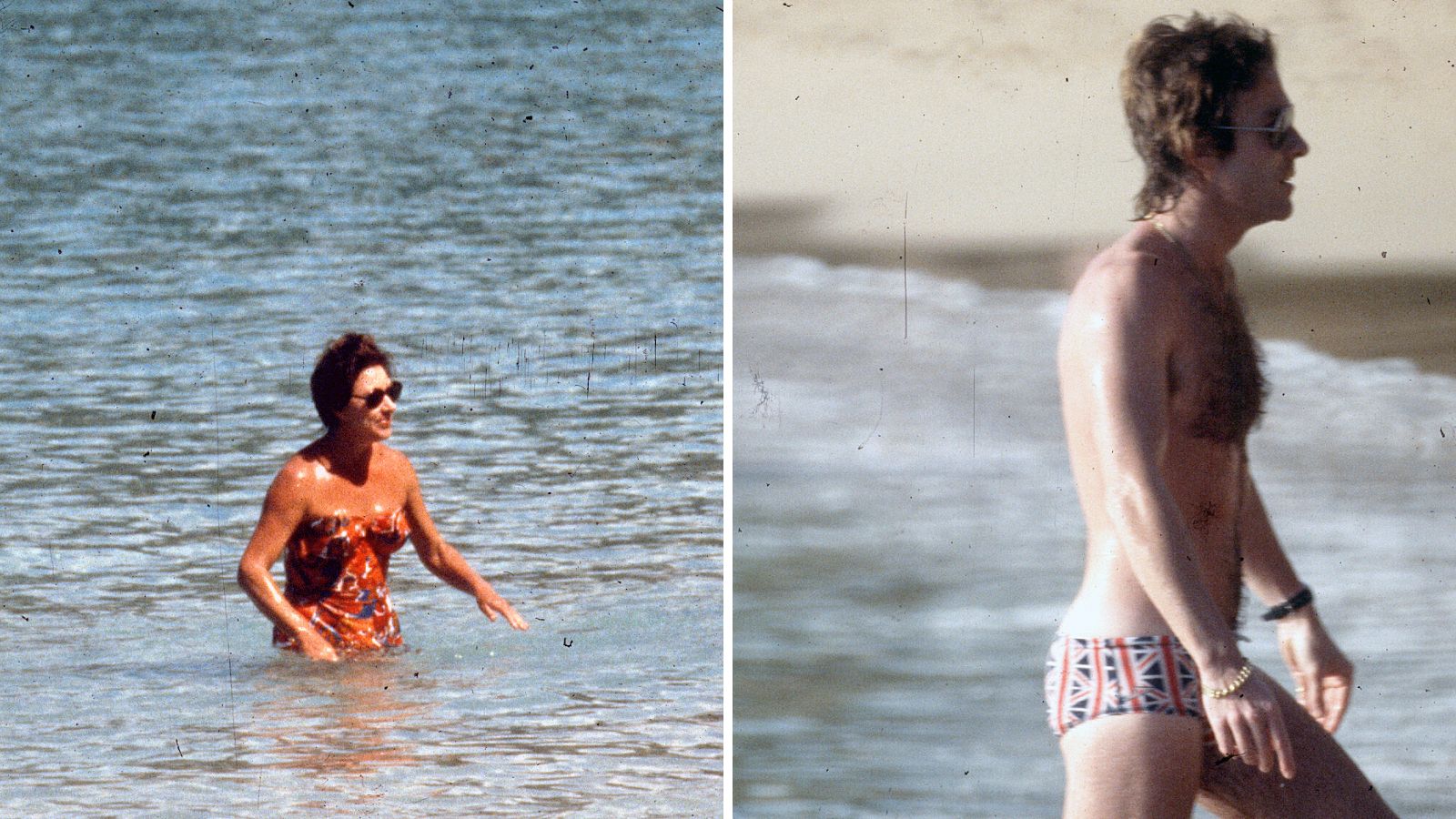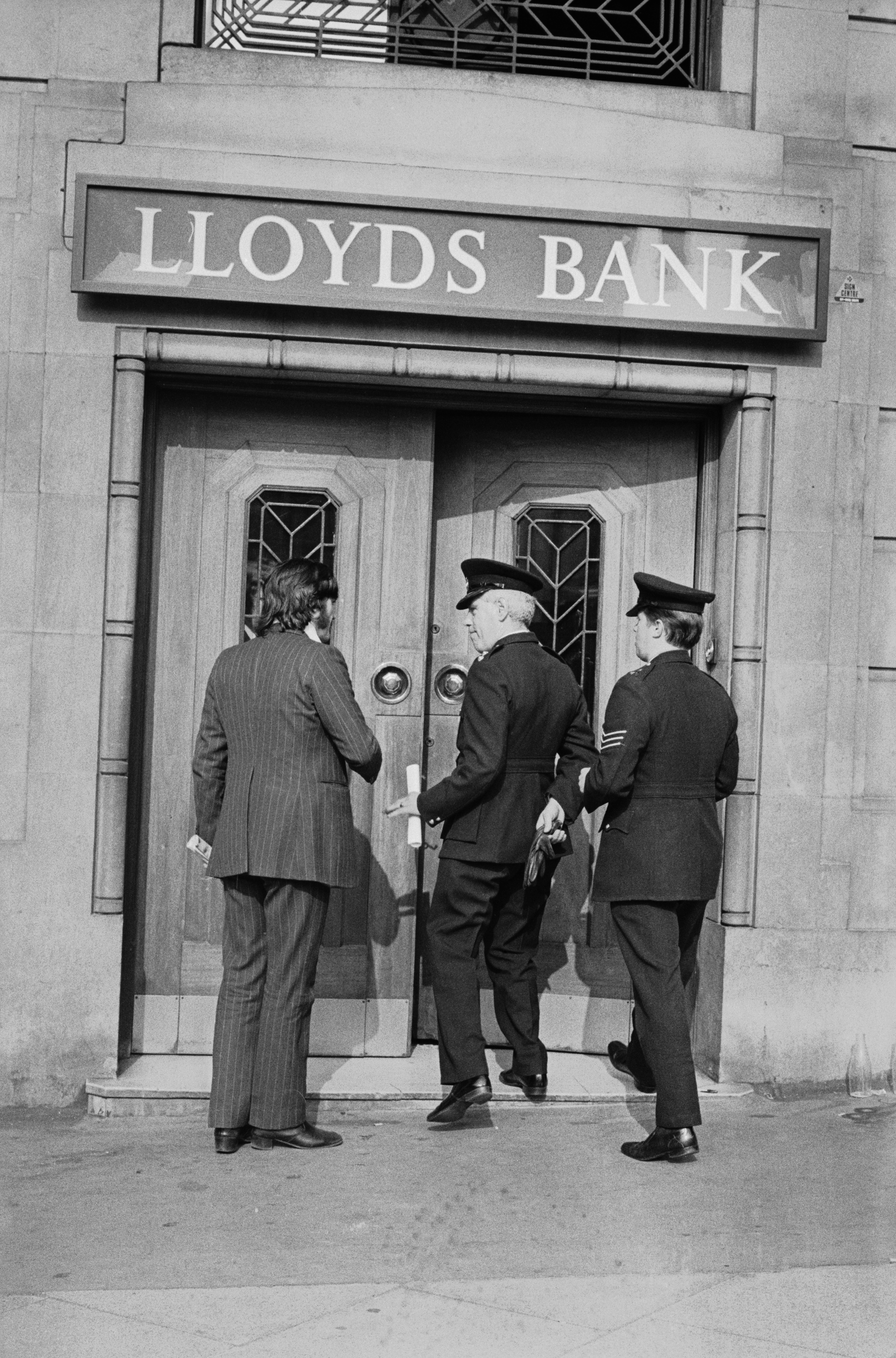
Considering she was always going to play second fiddle to her older sister, the late Queen Elizabeth, Princess Margaret certainly had her fair share of headlines and moments in the spotlight. From doomed loves to alleged affairs, Margaret was the wild free spirit her sister never could be. But one of the most crazy stories surrounding Princess Margaret is still shrouded in secrecy.
- There is still an unsolved conspiracy surrounding Princess Margaret and a bank robbery which may or may not have been an inside job to protect the royals
- The utterly bewildering tale has long been the stuff of urban legend, and the official papers around the Baker Street robbery are sealed until at least 2071
- In other royal news, Kate Middleton achieves major new milestone: ‘She doesn’t just talk the talk, she walks the walk’
Princess Margaret’s entire life was like something straight from a movie.
From the fact that her birth helped invent the modern horoscope to the Romeo-and-Juliet star-crossed true love she felt for Captain Peter Townsend, drama surrounded her.
Then there was the extravagance she created herself, including decadent morning routines and lavish ways of paying for things.
But, despite everything we know about her excessive and exciting life, there’s still some secrecy surrounding Margaret’s alleged antics.
Which brings us onto the Baker Street robbery.

“Let Sherlock try to solve this.”
That’s what was written on the walls of the crime scene – a crime scene which saw the burglary of safety deposit boxes at the Baker Street branch of Lloyds Bank in London on September 11, 1971.
It’s understood that a gang tunnelled 40 feet from a rented shop two doors away to come up through the floor of the vault.
The value of the total property stolen is still unknown but estimates given by various sources estimate it to be anywhere between $1.5M and $3.6M (£1.25-3M).
Of that figure, only £231,000 (approx. $280,000) has been recovered by the police.

The burglary was planned by Anthony Gavin, a career criminal, who was inspired by "The Red-Headed League", a short story by Arthur Conan Doyle in which Sherlock Holmes waits in a bank vault to arrest a gang who have tunnelled in through the floor.
So where does Princess Margaret factor?
One rumor that has never been substantiated but has been referred to by several biographers, including Craig Brown’s Ma’am Darling: 99 Glimpses of Princess Margaret, was that the burglary might have involved intimate photos of Princess Margaret with one or more lovers.
The fans were flamed due to the British government issuing something called a D-Notice to the press shortly after the very public robbery.
Despite huge interest in the case, the press were given the D-Notice, which effectively censored them from discussing it as a means of national security.

While rumors flew about for years, the conspiracy was given fresh legs when the producers of the 2008 crime film, The Bank Job, alleged that it was all an inside job.
The movie’s producers, who claimed they had spoken to people with inside knowledge, imply that MI5 – British intelligence – knew that the safety deposit boxes contained photos so salacious that they staged a bank robbery to retrieve them.
What might the photos have been, if there were any truth to the rumor at all?
Well, this is where some of Margaret’s biographers feed into the tale – and it has something to do with the mythical Mustique, the private island beloved by the Princess.
In a lengthy passage from his book, Craig Brown, details a time when Margaret’s friend, Colin Tennant, the Baron Glenconner enjoyed skinny dipping on the island. The passage alleges that Colin encouraged Margaret’s younger lover, Roddy Llewelyn and another woman to skinny dip with him. Margaret reportedly stayed clothed, but they all took comical photos of the situation together.
While not so scandalous for the modern age, the royal family in the 1970s could have considered these damaging to the nation if leaked. Could these be the possible photos?
For fans of conspiracies, the papers relating to the burglary are due to be embargoed at the National Archives until January 2071.







